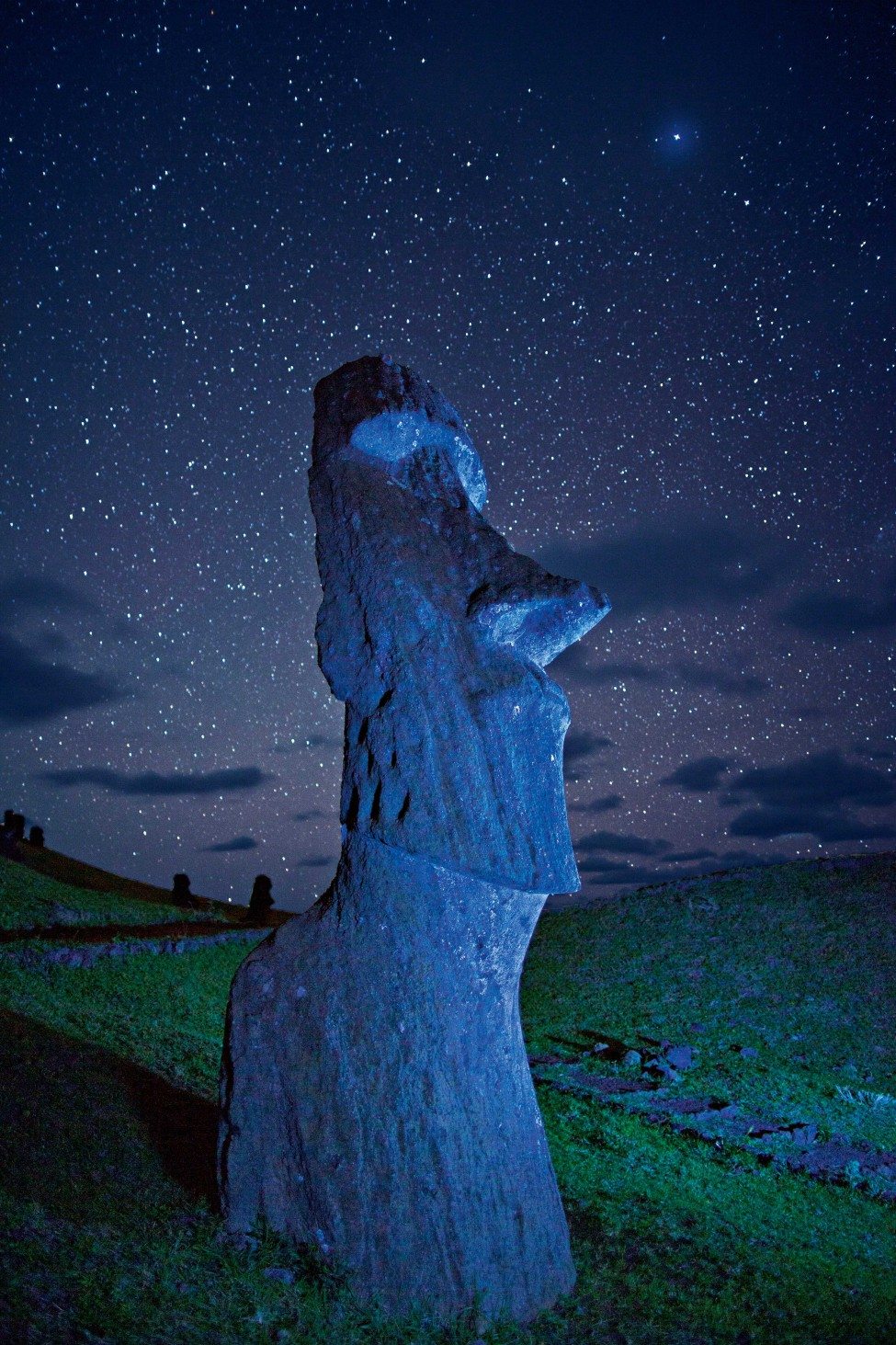Helping to reverse a downward trend
Let’s get the bad news out of the way: our oceans are imperilled. Some estimates indicate that 90% of global fish stocks are either fully exploited – that is, at their maximum catch potential – or overexploited. Illegal fishing accounts for up to US$23.5-billion of the world seafood market every year, or about one in five fishes taken from the ocean. Acidification and warming threaten all coral reefs and are changing the chemical balance of the seas. Some form of human activity occurs on almost every parcel of the ocean, often with destructive consequences.
As a fisherman, scuba diver and kayaker, I have seen the evidence at first hand: fewer fish in the water than in decades past, visible pollution on and beneath the surface and vast areas of dead coral where dazzling reefs once thrived. Not only do these effects hurt biodiversity, they also threaten humans, especially people who live in small island nations that depend on a healthy ocean for food, jobs, tourism, traditions and community cohesion.
Now for the good news: in some parts of the ocean, the establishment of large, fully protected marine reserves is reversing these trends. By creating huge ocean sanctuaries that have complete protection from fishing and other industrial activities, local people and governments are helping entire marine ecosystems to cope with and recover from unexpected environmental changes. In fact, in 2015 more of the ocean was protected through new reserves than during any previous year in history. These efforts were led by communities and governments in the Pacific, including Palau, Easter Island, the Pitcairn Islands and New Zealand’s Kermadec region.
Large, fully protected marine reserves help the ocean and coastal cultures by:
- Safeguarding biodiversity. Studies of more than 120 marine reserves around the world found that reserves result in average increases of 21% in the diversity of life and 28% in the size of fishes and other marine organisms. They also have, on average, 450% more biomass (the total weight of marine life) than is found in unprotected areas. Reserves can be particularly valuable in protecting threatened, endangered or unique marine life.
- Providing ecological benefits to neighbouring unprotected ecosystems. Marine animals move freely into and out of protected waters. Because nearby areas often have lower biodiversity than reserves do, this movement can help improve biodiversity and maintain ecological balance in the areas around reserves.
- Protecting predators and maintaining ecosystem stability. Recent science published in Ecology Letters highlights the critical role that healthy populations of large marine predators play in stabilising ecosystems and rebuilding healthy food webs. Marine reserves can help build these populations. At one site in the Philippines, predatory fish biomass continued to increase exponentially 18 years after the establishment of a reserve. These ecosystems are then better able to cope with and recover from unexpected environmental changes.
